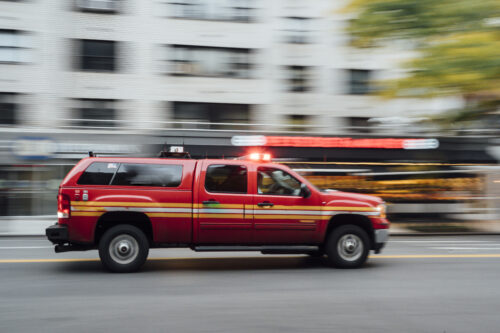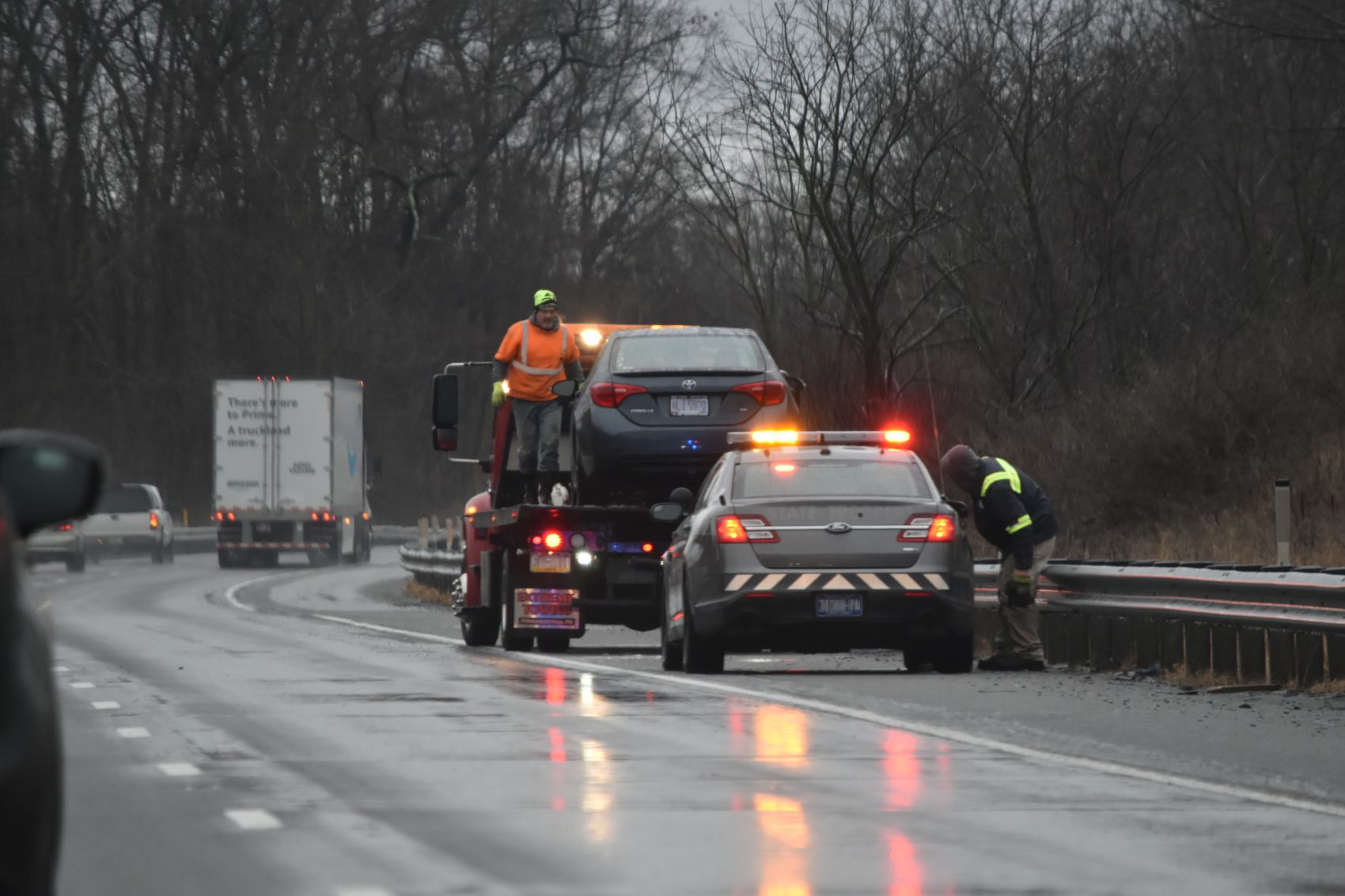
Highway Heroes At Risk
Roadside assistance providers, including tow truck drivers, mobile mechanics, emergency roadside technicians, police officers, and firefighters, offer help to stranded motorists during vehicle breakdowns or accidents at the risk of their own lives.
The AAA Foundation for Traffic Safety, in collaboration with other database sources, conducted a study to examine the full scope of the potentially fatal conditions roadside workers face on the job. The findings of the study, titled Highway Heroes at Risk, were released in late January 2024 by AAA.
This study found that 123 roadside assistance providers were killed in the line of duty, which is nearly four times more than the original 34 casualties reported by existing national crash data. AAA said this incorrect citing is due to how crash report forms used by law enforcement do not include a specific designation for roadside assistance providers, meaning victims in these circumstances are often listed as pedestrians.
“Understanding the circumstances and causes for serious crashes involving roadside workers is vital if we are serious about saving lives,” said Dr. David Yang, president and executive director of the AAA Foundation for Traffic Safety. “Many of these crashes can be avoided if drivers focus on driving and observe the law by slowing down and moving over when they see roadside assistance providers performing their duties.”
Study Methodology
AAA researchers analyzed and compiled data from The Emergency Responder Safety Institute and The National Tow List, cross-referencing that data with the National Highway Traffic Safety Administration’s Fatality Analysis Reporting System.
In its methodology, the AAA Foundation for Traffic Safety notes how the Emergency Responder Safety Institute has maintained records of all roadside assistance providers who have been struck and killed by vehicles since 2019. The data compiled by the Emergency Responder Safety Institute includes law enforcement officers, firefighters, and emergency medical service providers.
Similarly, The National Tow List has maintained an archive of all roadside assistance providers who have died in the line of duty from any cause since 2015.
“Researchers filtered and merged these records to compile a list of all known roadside assistance providers that were struck and killed by vehicles in the United States since 2015,” writes AAA in its summary report. “These records were then matched to the National Highway Traffic Safety Administration’s Fatality Analysis Reporting System, a database of all fatal crashes each year in the United States, using information available in both sets of records, such as the date and location of the crash and the age of the victim.”
AAA researchers also took into consideration other circumstances, including weather conditions, time of day, and vehicle speed while driving.
“The vast majority of these deaths occurred on Interstate highways or other high-speed limited-access highways,” AAA wrote in its final technical report on the study. “Most crashes occurred during good weather on roads that were not slippery. Nearly two-thirds occurred in darkness; however, information regarding the use of high-visibility safety apparel, emergency lighting, and other safety equipment was unavailable in most cases.”

Key Findings
In its summary report, AAA researchers pointed to a few key findings after analyzing the data.
- Speed Limits: 89 percent of accidents involving roadside assistance providers occurred on sections of road where the speed limit was 55 mph or higher.
- Weather Conditions: 84 percent of crashes occurred in good weather without precipitation or slippery roads.
- Night Time: 63 percent occurred during nighttime hours, of which two-thirds were without street or supplemental lightning. Meanwhile, 34 percent of accidents happened in the daytime.
- Impaired or Distracted Drivers: 63 percent of accidents occurred in which the vehicle had already left the pavement before striking the roadside assistance providers. One-third of these drivers tested positive for blood alcohol levels, although nearly half were not tested. It’s possible some of these instances involved a distracted or fatigued driver versus a drunk driver.
Recommended Actions
The AAA Foundation for Traffic Safety encourages several actions to maximize the safety of highway assistance providers.
- Slow Down, Move Over: There is a need to enforce “Slow Down, Move Over” laws that require drivers to move into the opposite lane and slow down. These laws are designed to give rescue and roadside service providers, including firefighters, police officers, tow operators, and emergency personnel, more working space on the roadway. Also, effective strategies are needed to increase public awareness of these laws.
- Train Heroes at Risk: Roadside workers must be effectively trained to avoid working on the traffic-facing spots of the incident or opt to work off-road if possible. Meanwhile, more research on how to deploy effective countermeasures is needed to further protect roadside assistance providers from speeding and out-of-control vehicles.
- Reforms in Crash Reporting: The reporting forms used by law enforcement should include fields that specify if a crash victim was an incident responder and type of responder when applicable, as called for in the current edition of the Model Minimum Uniform Crash Criteria.
“Let’s remember this study is about real people, not statistics,” said Jake Nelson, AAA’s traffic safety and advocacy director. “It’s a shared responsibility to solve this safety challenge. Roadside workers and all of us who drive by them have to take action to move towards zero traffic deaths.”


